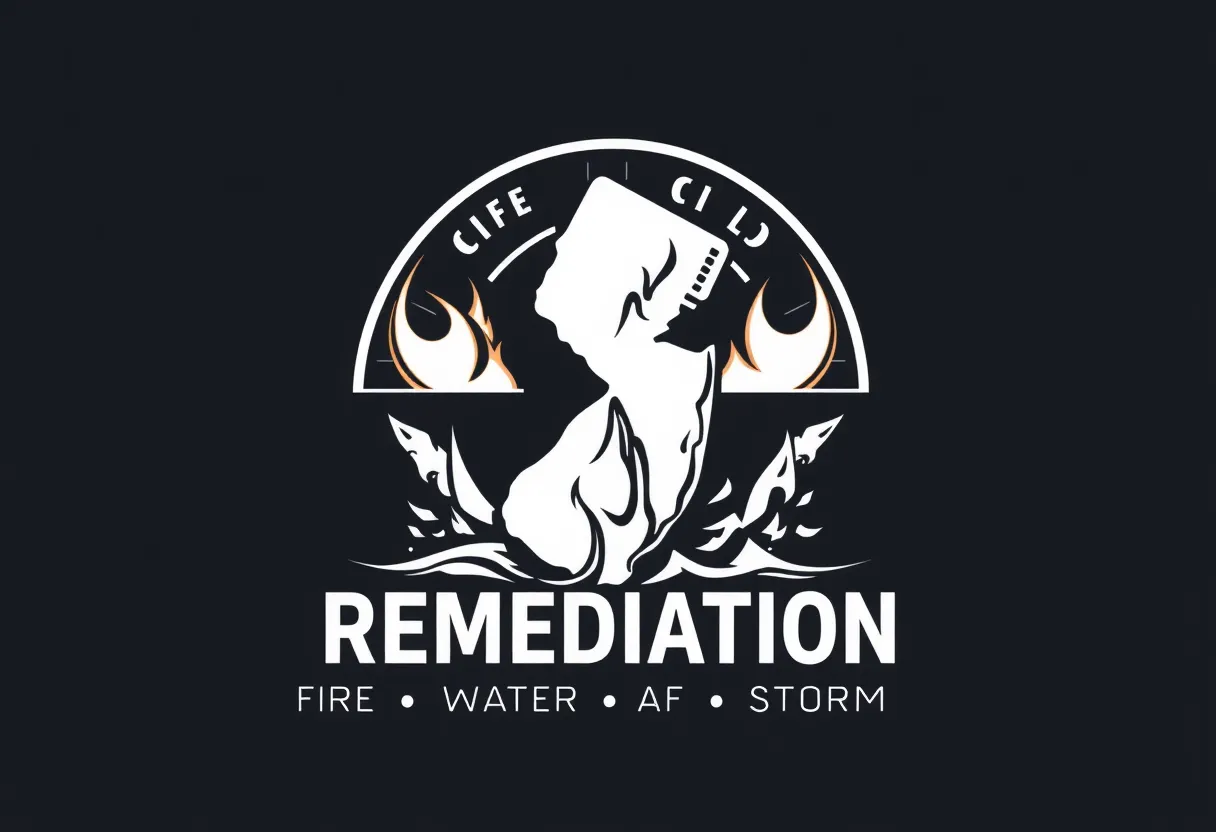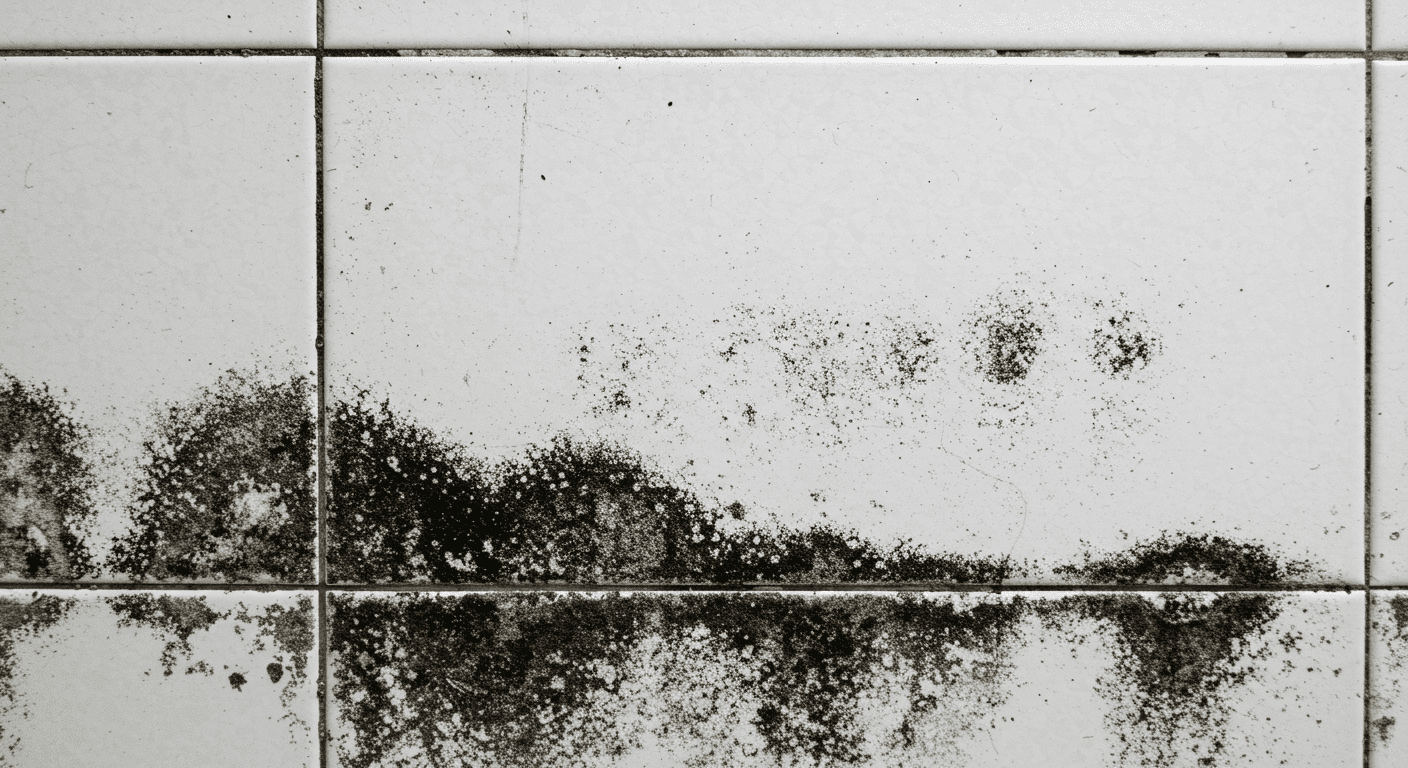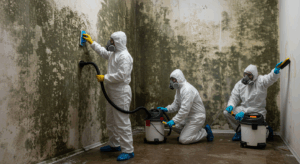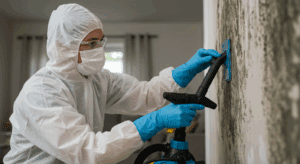Mold is a silent intruder that can wreak havoc on your home and health. For residents of West New York, NJ, understanding the signs of mold is crucial to maintaining a safe and healthy living environment. This guide will help you identify the warning signs of mold, understand its risks, and learn how to address it effectively.
Understanding Mold: What It Is and Why It Grows
The Science of Mold Growth
Mold is a type of fungus that thrives in damp, warm, and humid conditions. It reproduces through tiny spores that float in the air and can settle on surfaces, growing rapidly under the right conditions. Mold can develop within 24 to 48 hours of water exposure, making it a common problem in homes with leaks, poor ventilation, or high humidity levels.
Common Areas in Your Home Prone to Mold
Certain areas in your home are more susceptible to mold growth. Bathrooms, kitchens, basements, and attics are frequent culprits due to their high moisture levels. Additionally, spaces with poor ventilation, such as closets or crawl spaces, can also harbor mold. Regular inspections of these areas can help you catch mold early before it spreads.
Top 10 Signs of Mold in Your Home
Visible Mold Growth
The most obvious sign of mold is visible growth. Mold often appears as black, green, or white spots on walls, ceilings, or other surfaces. It can also look fuzzy or slimy, depending on the type. If you notice discoloration or unusual patches, it’s time to investigate further.
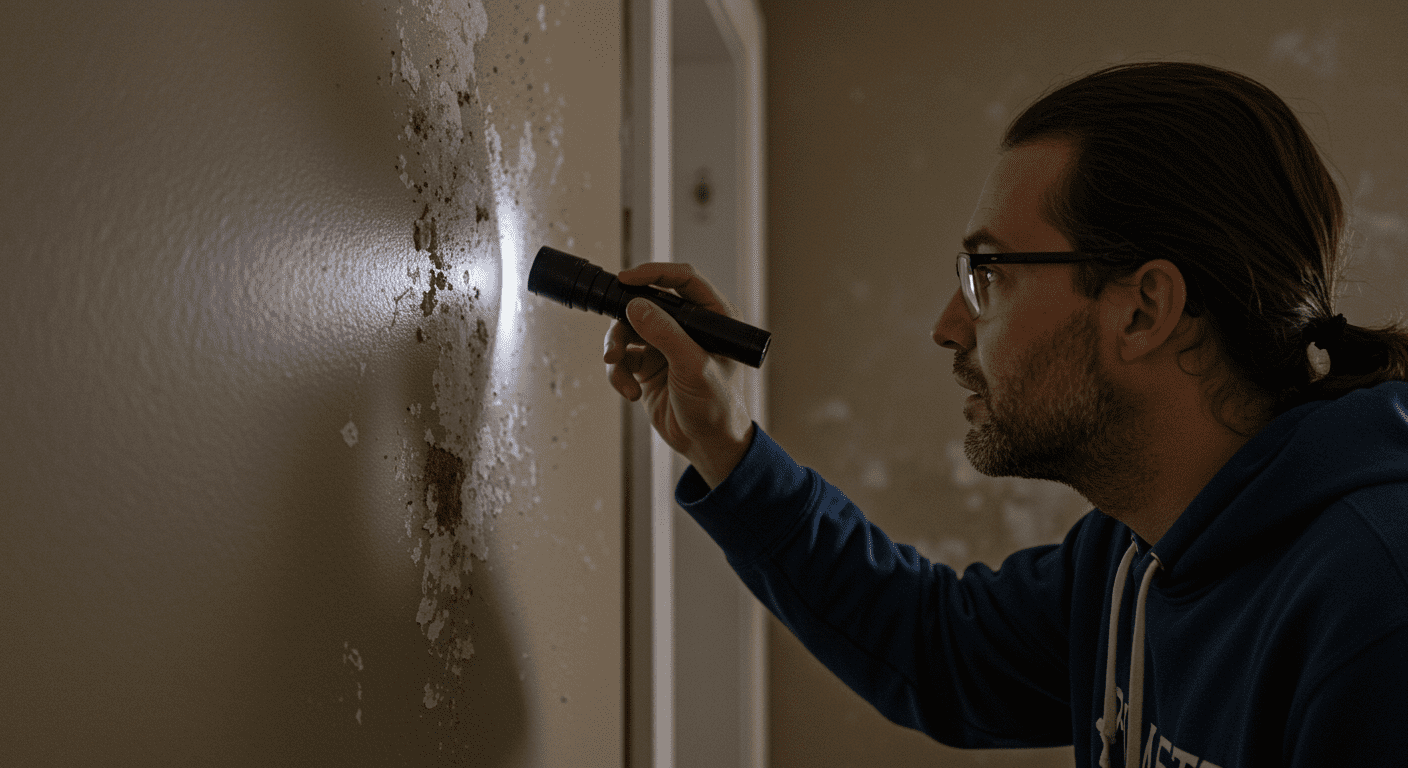
Musty Odors
A persistent musty smell is a telltale sign of mold. This odor is caused by the release of microbial volatile organic compounds (MVOCs) as mold grows. Even if you can’t see mold, a musty smell should prompt you to inspect your home for hidden growth.
Water Damage and Stains
Water stains on walls, ceilings, or floors are often precursors to mold growth. These stains indicate that moisture has seeped into the material, creating an ideal environment for mold. Look for discoloration, peeling paint, or warped surfaces as potential signs.
Health Risks Associated with Mold Exposure
Symptoms to Watch For
Mold exposure can lead to a range of health issues, especially for individuals with allergies or respiratory conditions. Common symptoms include sneezing, coughing, itchy eyes, and skin irritation. Prolonged exposure can exacerbate asthma or lead to more severe respiratory problems.
Vulnerable Populations
Certain groups are more vulnerable to the effects of mold, including children, the elderly, and individuals with compromised immune systems. If someone in your household falls into these categories, addressing mold issues promptly is even more critical.
How to Address Mold Issues in Your Home
DIY Mold Cleanup Tips
For small mold infestations, you can take steps to clean it yourself. Use a mixture of water and detergent to scrub the affected area, and ensure the space is well-ventilated during the process. Always wear protective gear, such as gloves and a mask, to avoid exposure to mold spores.
When to Call Professionals
For larger infestations or mold that has penetrated deep into walls or ceilings, it’s best to call in professionals. Expert mold removal services can ensure that the problem is thoroughly addressed, preventing recurrence. If you’re in West New York, NJ, consider reaching out to Expert Mold Removal Services in West New York, NJ for comprehensive solutions.
Mold is not just an unsightly nuisance; it’s a serious issue that can impact your home’s structural integrity and your family’s health. By staying vigilant and addressing mold problems promptly, you can ensure a safe and healthy living environment. For more tips on mold prevention and removal, check out our Comprehensive Mold Inspection and Removal Services in Newark, NJ.
